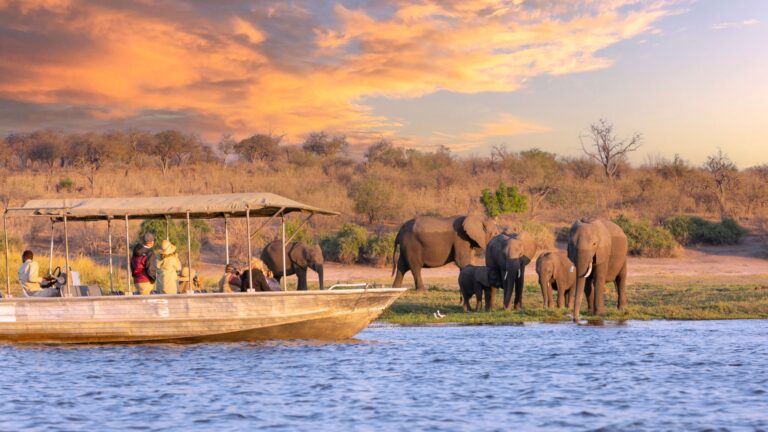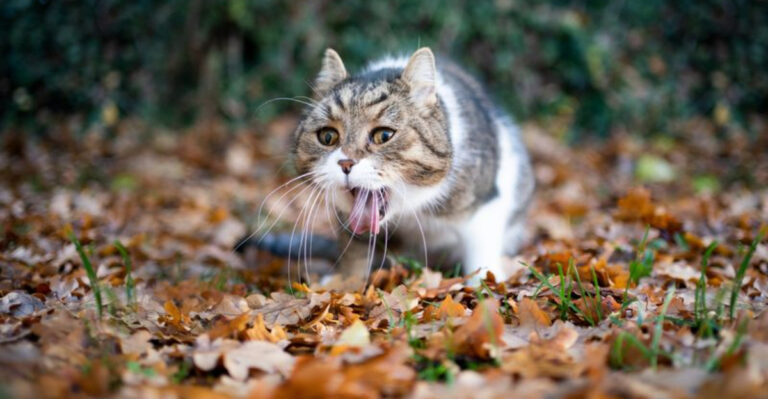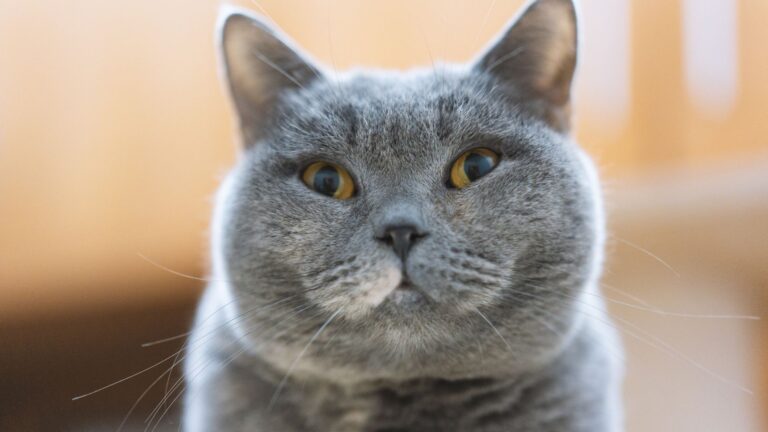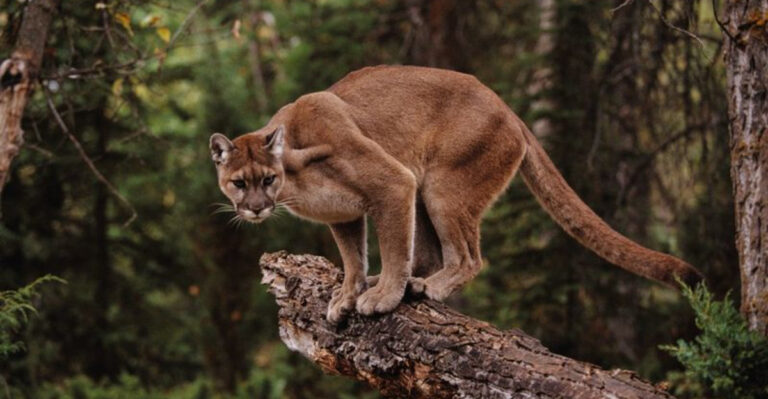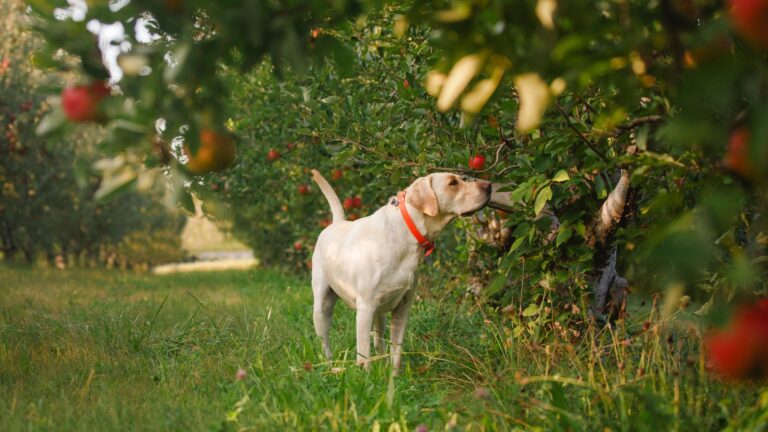12 Secrets Behind Your Cat’s Quiet Signals And What They Mean
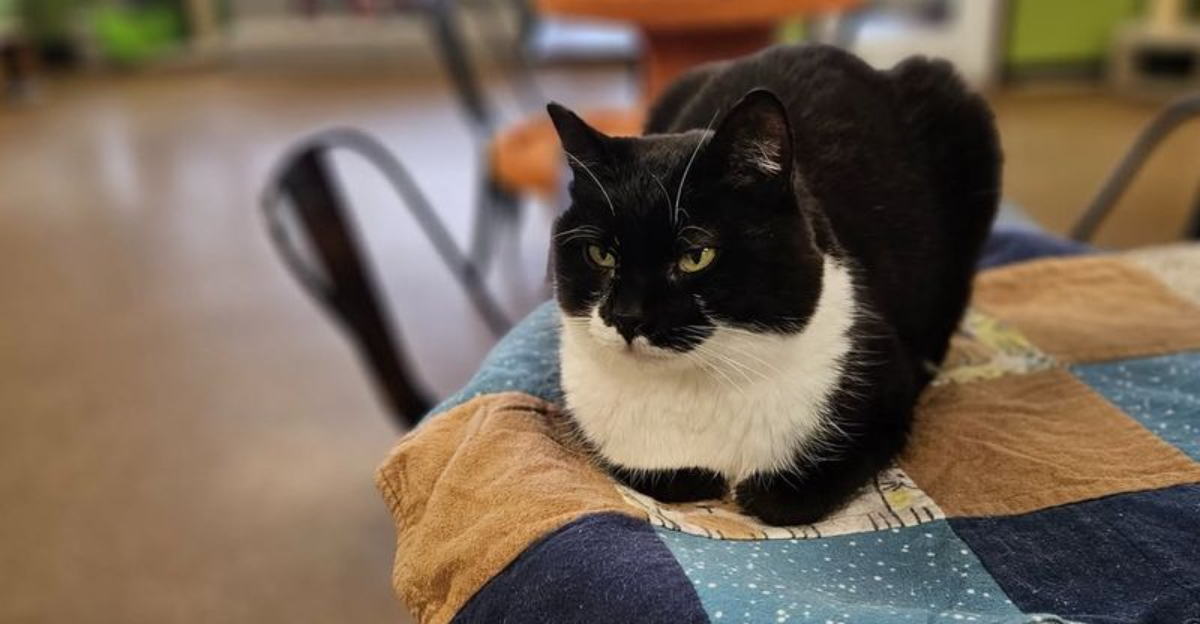
Understanding your cat’s silent language can enhance your bond and improve communication with your feline friend.
Cats use a variety of subtle signals, from body language to facial expressions, to convey their feelings and needs. By learning to interpret these signals, you can respond more effectively to your cat and create a more harmonious living environment.
1. Paw Placement
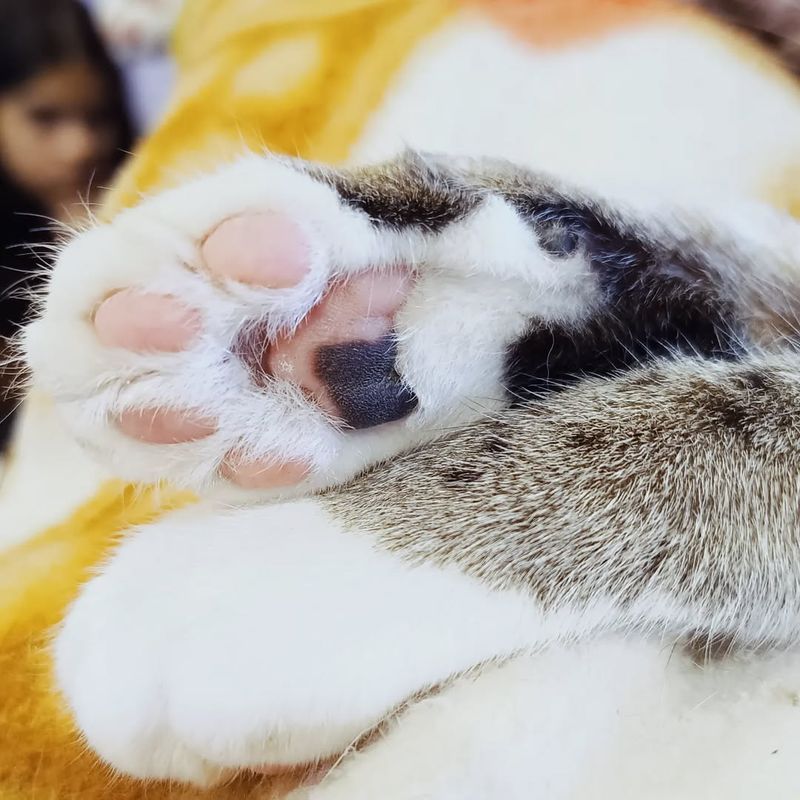
Cats use their paws to express more than just movement. A paw gently placed on your arm or face can be a sign of affection or a request for attention.
Repeated tapping or swatting may indicate they’re overstimulated or annoyed.
2. Tucked Paws Or “Loaf” Position
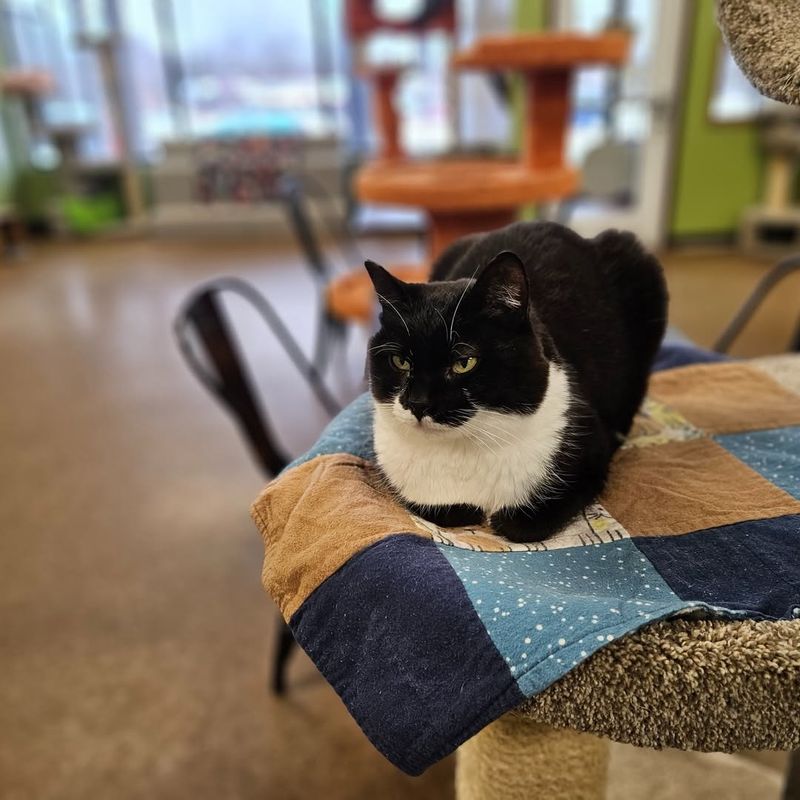
When your cat tucks all four paws underneath their body, resembling a loaf of bread, they’re in a peaceful, resting state.
This position signals they feel secure enough not to be on high alert. However, a tightly tucked loaf with tense muscles may indicate discomfort or illness.
3. Tail Movements
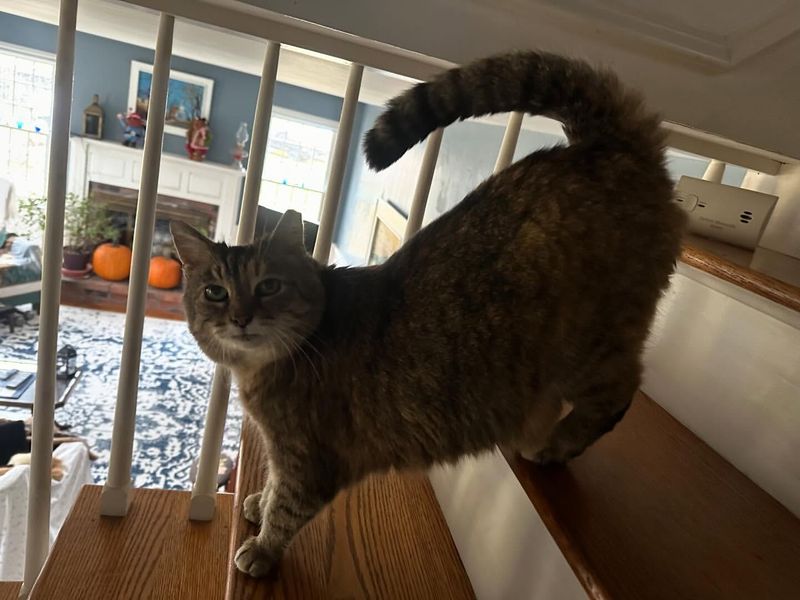
A cat’s tail is like an emotional barometer. A gently swaying tail often signals curiosity or mild interest, while a flicking or thrashing tail can indicate irritation or overstimulation.
If their tail is puffed up, they’re likely scared or startled.
4. Ear Positions
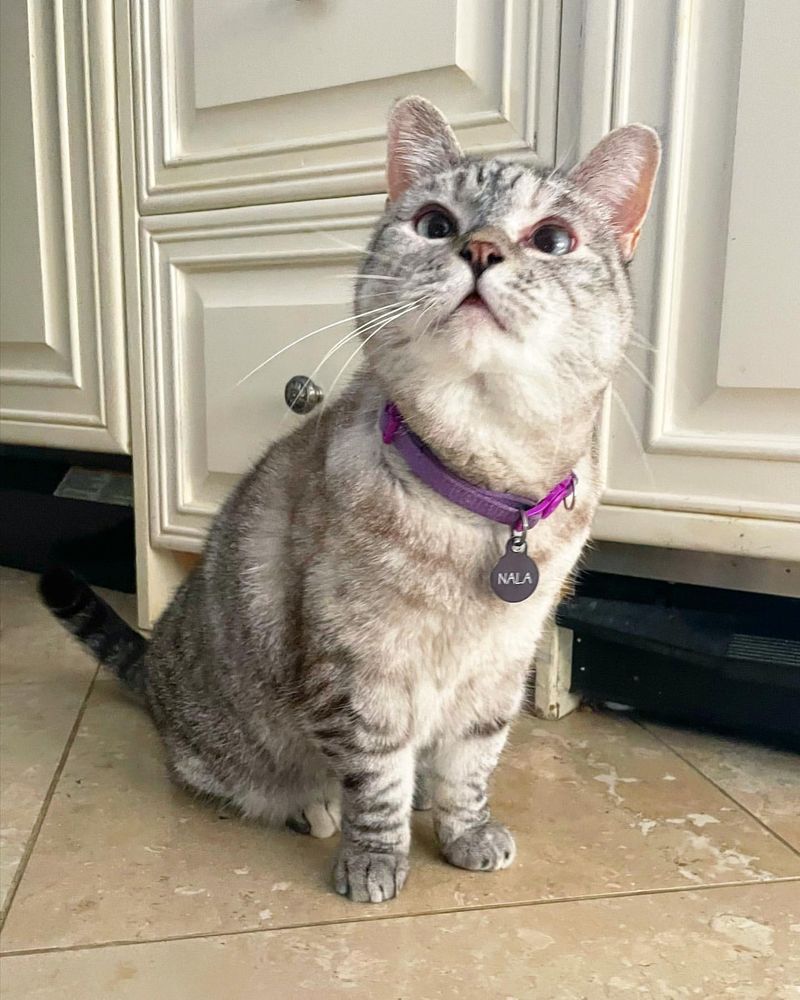
Ears that point forward mean your cat is alert or engaged, while flattened or backward-facing ears often signal fear, aggression, or anxiety.
Constant twitching may indicate that your cat is agitated or trying to locate a subtle sound.
5. Purring Sounds
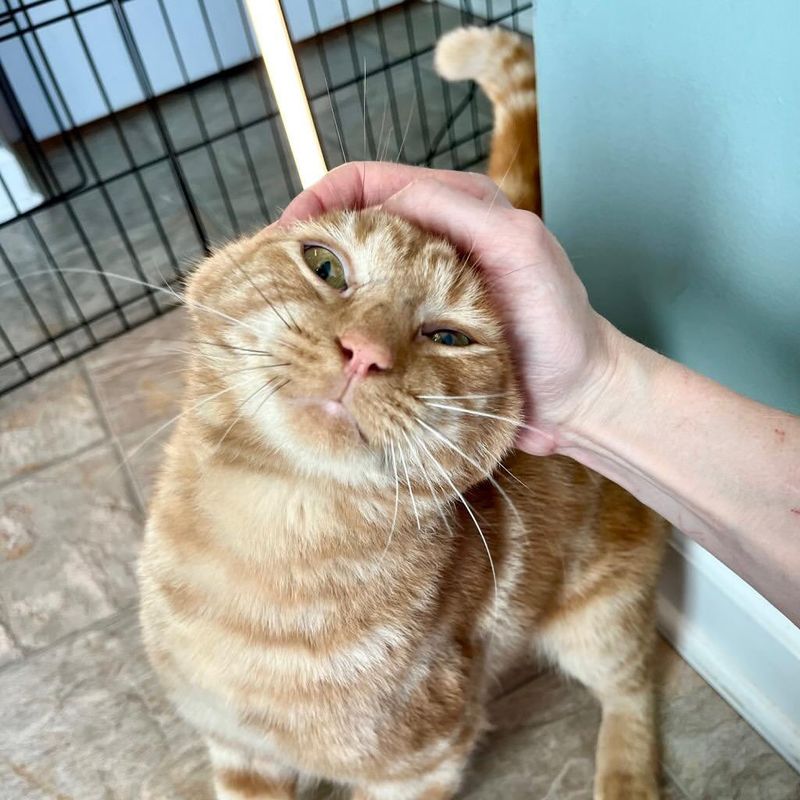
Purring is often associated with contentment, but it can also be a self-soothing behavior during stress or discomfort.
If your cat is purring while showing signs of pain or anxiety, it may be their way of calming themselves. Always pay attention to the context.
6. Slow Blinking
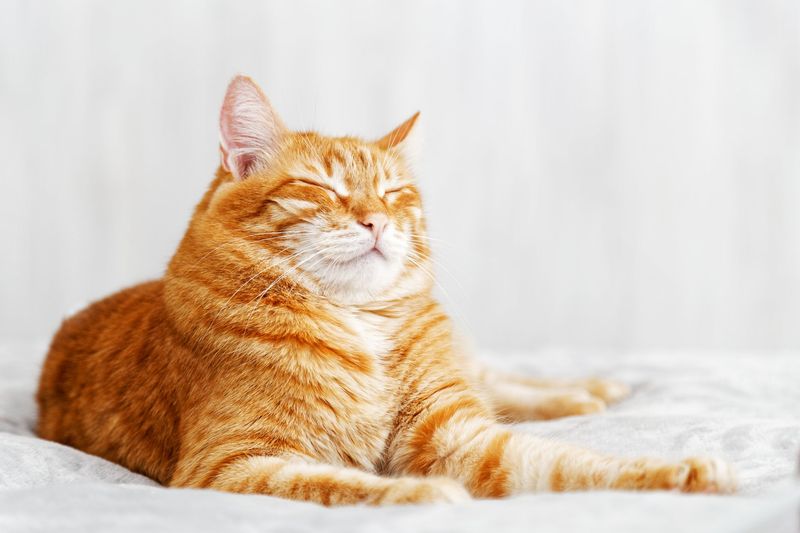
Slow blinking is your cat’s version of a loving smile. It’s a sign that they feel safe and trust you.
Returning a slow blink can strengthen your bond and make your cat feel more at ease.
7. Whisker Positions
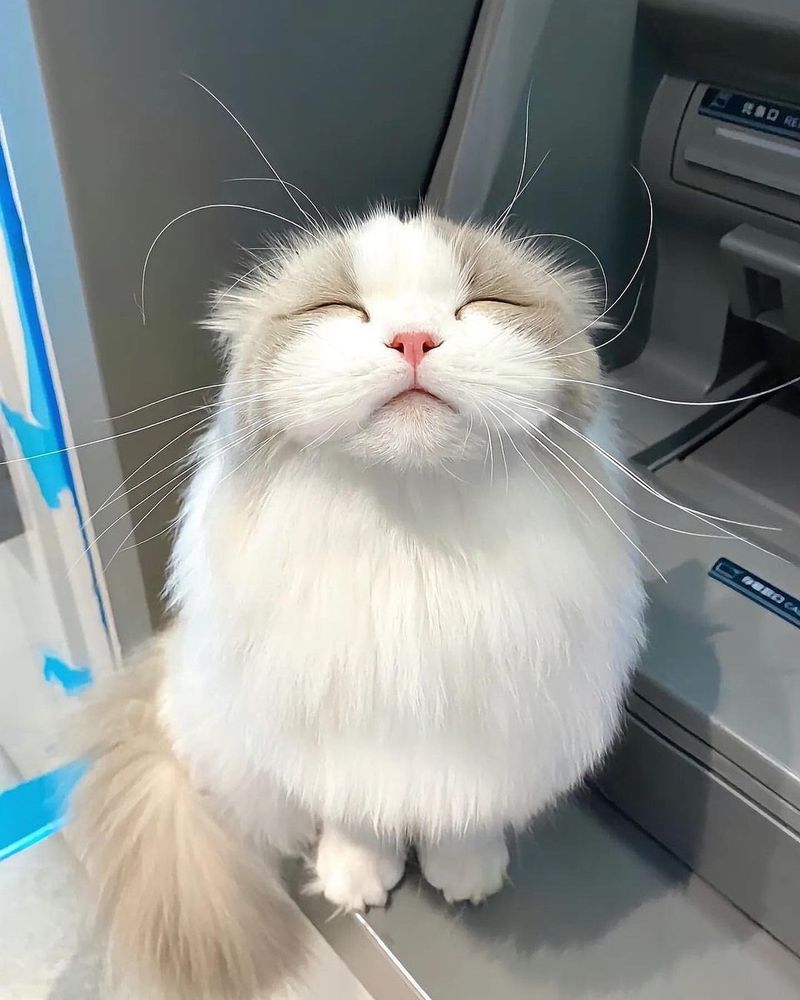
When your cat’s whiskers are relaxed and gently fanned out, they’re likely feeling calm. Forward-facing whiskers suggest interest or excitement, especially during play or hunting.
Pinned-back whiskers can be a sign of fear or defensiveness.
8. Meowing And Vocalizations
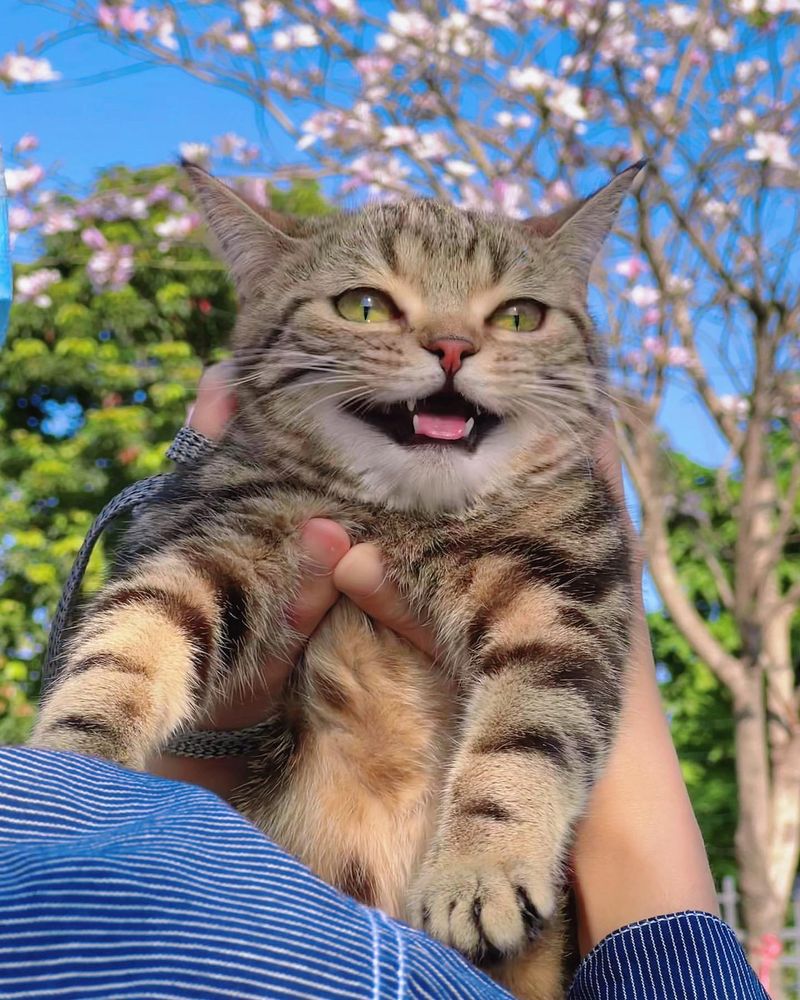
Cats don’t meow to other cats past kittenhood—they do it mostly for humans. Each meow can vary in pitch, volume, and urgency, conveying anything from hunger to frustration.
Chirps and trills often mean they’re feeling friendly or excited.
9. Licking And Grooming
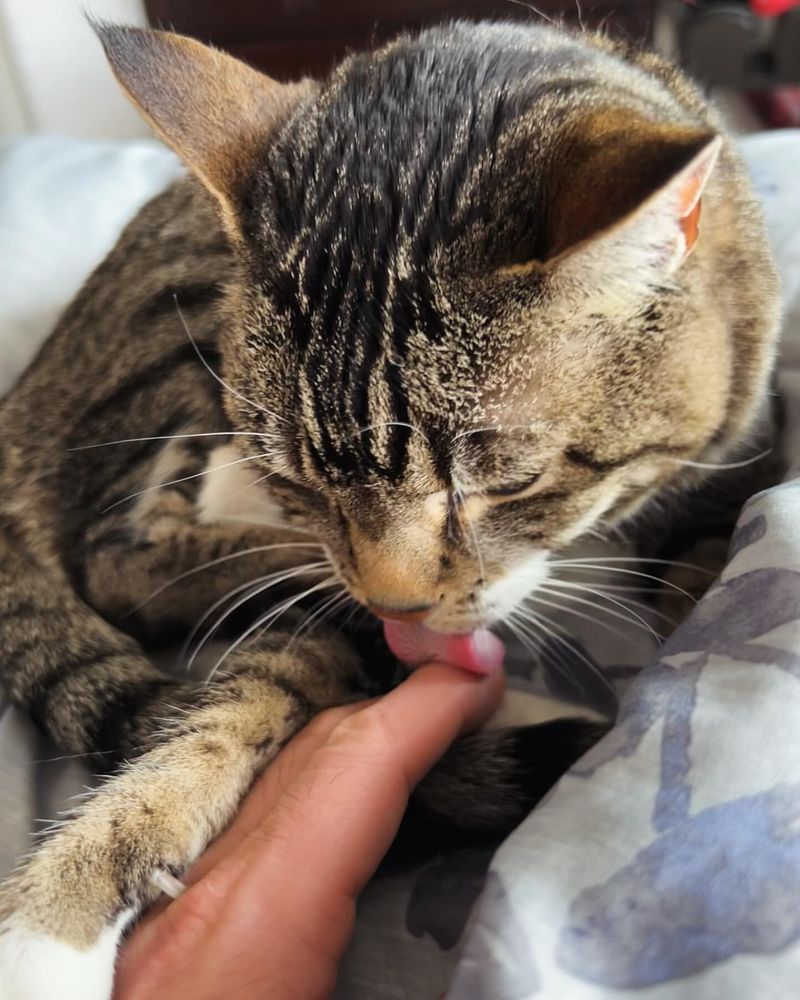
Mutual grooming—or grooming you—is a strong sign of affection and trust.
Overgrooming, however, can be a stress response or indicate skin irritation. Watch for bald patches or excessive licking in one area.
10. Kneading Behavior
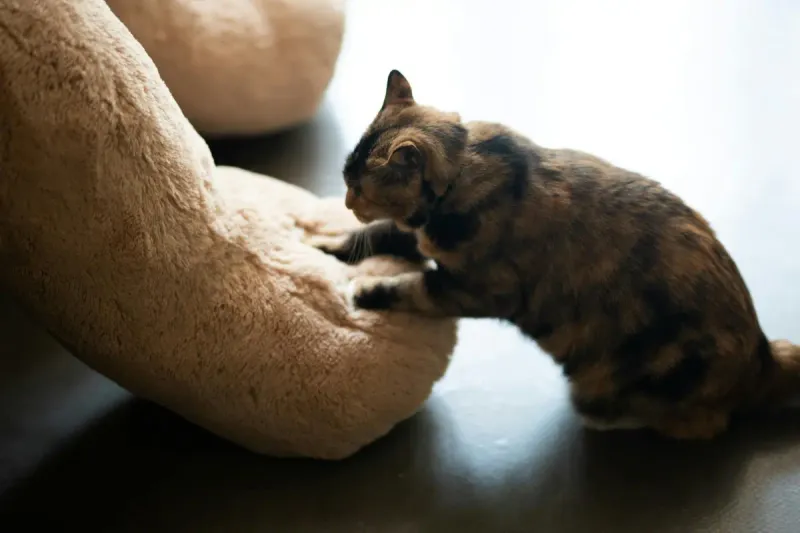
Kneading with their paws, often called “making biscuits,” is a comforting action that stems from kittenhood. It usually indicates that your cat feels safe and content.
Some cats knead when they’re particularly happy or preparing to settle down.
11. Body Posture
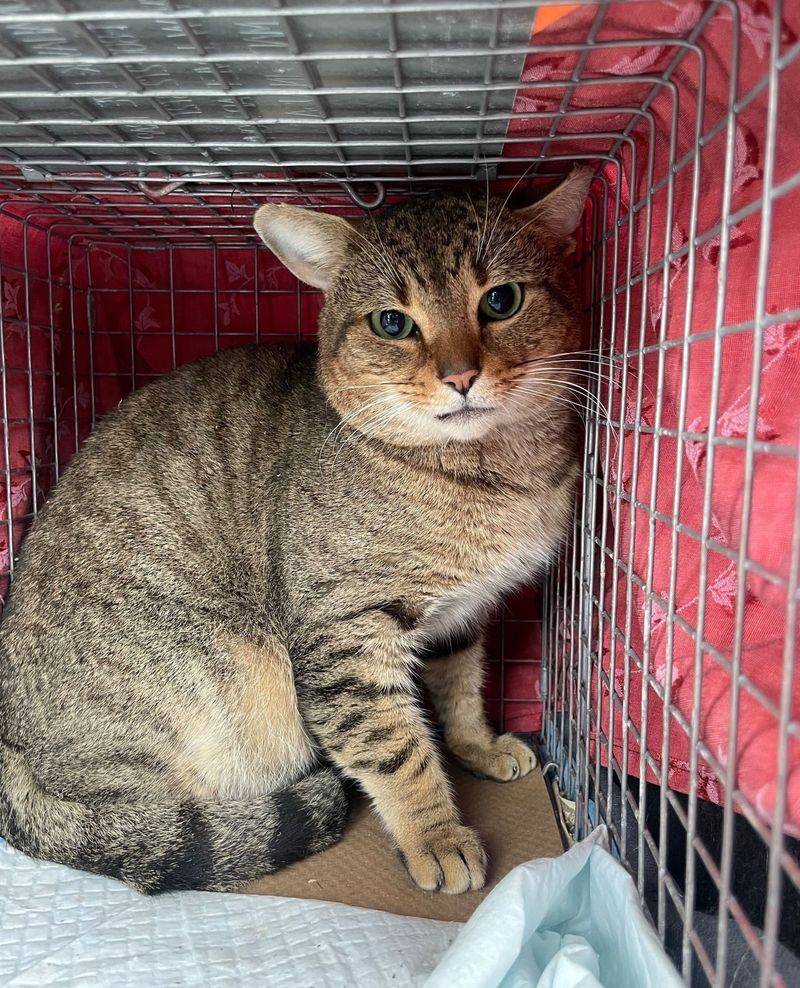
A relaxed, stretched-out cat is a calm cat, while a crouched body or arched back often signals readiness to flee or defend.
A sideways stance with puffed fur usually means fear or a defensive warning. Body language gives away more than most vocal cues.
12. Facial Expressions

A soft gaze and relaxed facial muscles show comfort, while wide eyes and a tense face signal alertness or stress.
Dilated pupils can mean excitement, fear, or arousal depending on the context. Watch the whole face for clues, not just the eyes.

